Note: “Brands” and “Vendors” are used interchangeably in this post.
Markdowns are what happens when inventory goes on discount.
You’ll find 4 major types of markdowns in retail:
1) Promotional markdowns
These are discounts that derive from any type of promotional sale such as a temporary price reduction, circular promotion, coupons, endcap promotions and more.
2) Clearance markdowns
An item goes on clearance when the retailer plans to never stock that item again. Maybe it is an older style that will be replaced by that brand’s latest style, or maybe it’s a poor performing item that the retailer will never stock again. Clearance is basically code for “getting rid of excess inventory”.
3) Damaged goods markdowns
This is for spoiled and damaged goods that occur after delivery. You’ve received this type of markdown before as a shopper. You know when the store manager at Banana Republic gives you 10% off because the shirt you are buying is missing a button or has a loose seam? That’s a damaged goods markdown.
4) Competitive markdowns
These markdowns are a result of price-matching. When Walmart promises to price-match Toys R Us during the holiday season, that price discount is captured here.
These markdowns almost always trigger chargebacks to vendors to recover a portion of or the full amount of the markdown.
Markdown chargebacks are always negotiable. ALWAYS. You have no idea how many brands leave money on the table because they don’t negotiate markdowns. Retail buyers will always push to have brands cover 100% of the markdown liability. That is, 100% of what the retailer would have made had the item not been discounted. You can negotiate that down to half or less than half of 100%, depending on how creative and knowledgeable you are about how retail works. This is where consultants like me can help.
Markdowns are a fact of life in retail. You can’t avoid it. And contrary to what you might think, this is not extortion by retailers. This is a mechanism that helps enforce discipline with brands. If chargebacks for markdowns didn’t hover over the heads of vendors, there would be no motivation for vendors to closely manage inventory levels or forecast volume with discipline. The absence of inventory management and scrutiny over forecasting shifts 100% of the risk onto the retailer. Think about it. Retailers would be overflowing with inventory! By sharing markdown liability, this creates shared accountability and oversight.
The retailer and vendor are business partners taking risks together: The retailer is taking a risk by putting your brand on their shelves in lieu of another that could perform better. You’re taking the risk in ensuring your brand will perform well not knowing whether you actually can. By sharing markdown liability, you launch your brand together holding hands.
To avoid incurring unnecessary markdown chargebacks due to excess inventory, speak up if you think your retailers are ordering more than they need. Monitor the Weeks of Supply your retail accounts are carrying. If it looks heavy, suggest they lower their quantity orders. If they ignore you, that's always a leverage point down the road if they come back to you for unproductive inventory. But never ever, knowingly ship more units than retailers can move. It may be tempting to boost your shipment revenue, but it could end up backfiring down the road.
